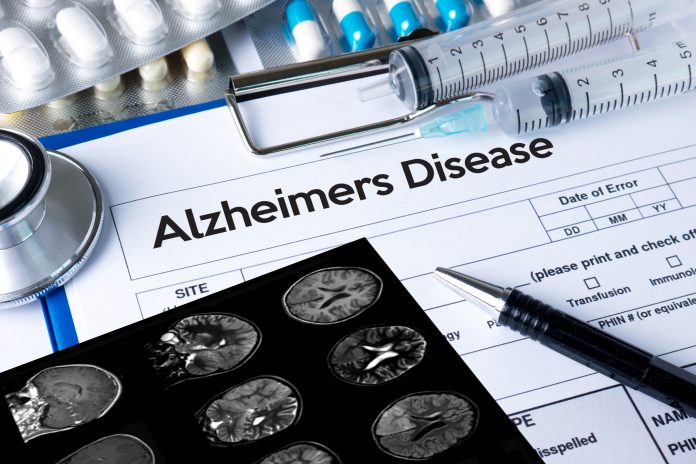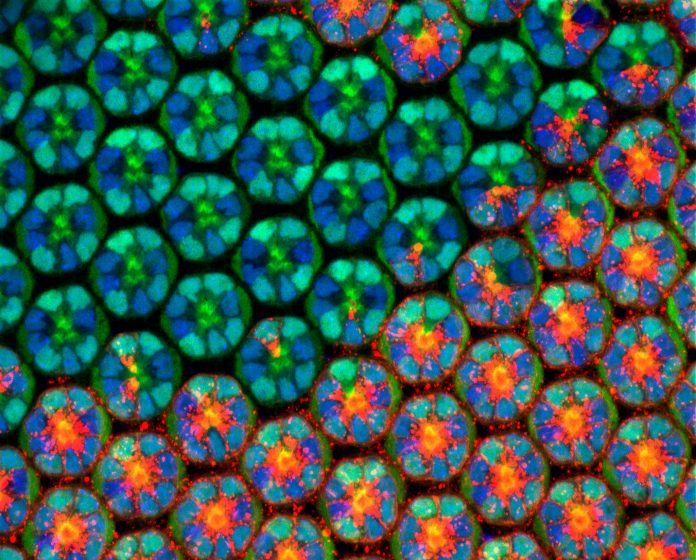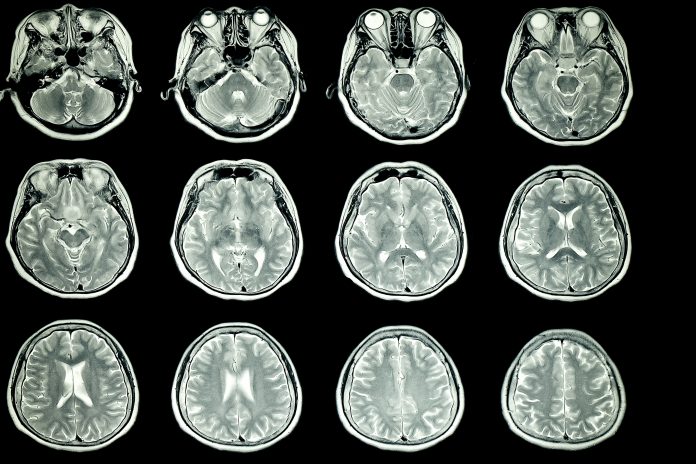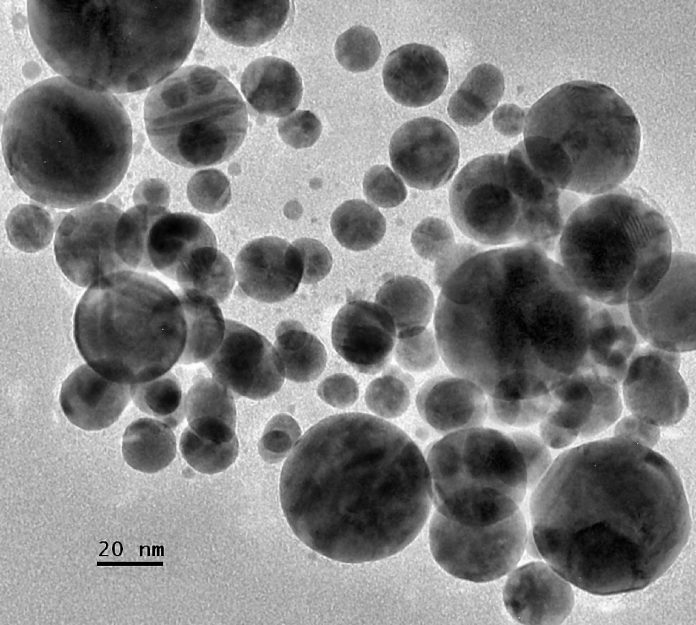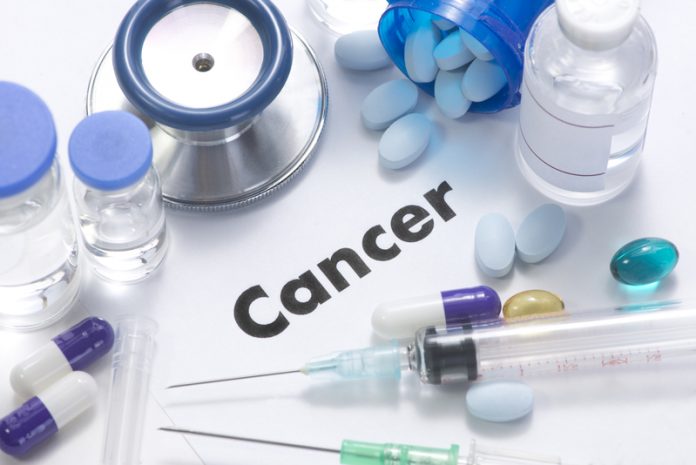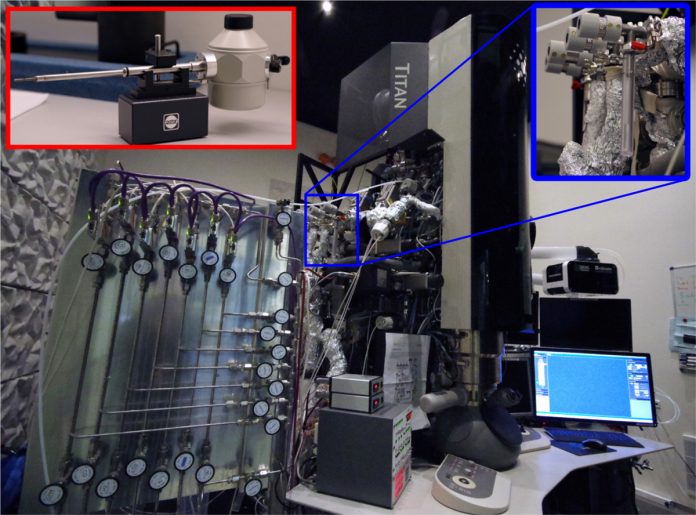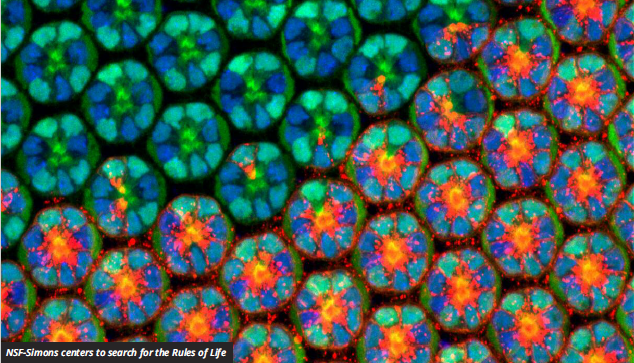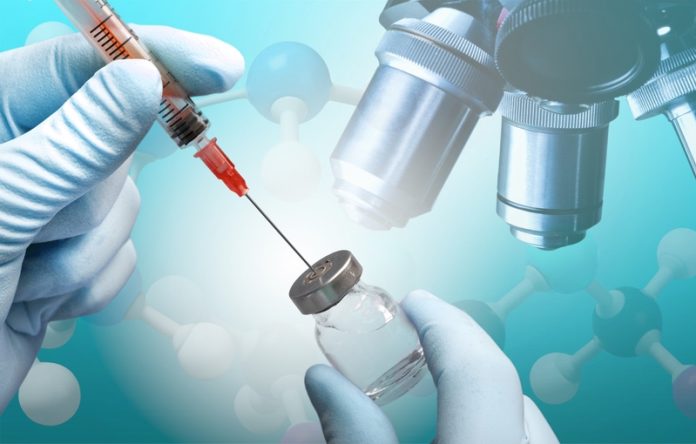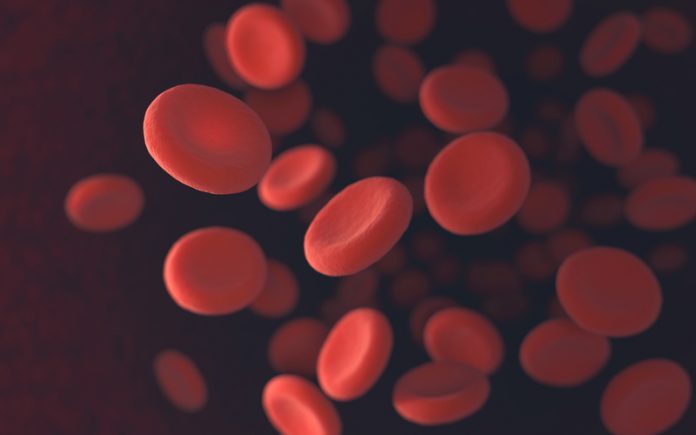Home Search
Molecular imaging - search results
If you're not happy with the results, please do another search
Graph theory in the study of Alzheimer’s disease progression
María J. Peláez1, Prashant Dogra1, Zhihui Wang1, Vittorio Cristini1 1Mathematics in Medicine Program, Houston Methodist Research Institute, Houston, TX 77030, USA.
Nanotechnology: Work-related aspects
Cecilia Van Cauwenberghe from Frost & Sullivan’s TechVision Group, sheds light on work-related aspects of nanotechnology, including the overall framework to balance the benefits and risks.
Bringing mathematical perspectives to the biological search for the Rules of Life
Editor of Open Access Government, Jonathan Miles, spoke to Juan Meza at the National Science Foundation about the launch of four new centres to bring mathematical perspectives to the biological search for the Rules of Life.
Cause of suicide risk in brain identified by researchers
Suicide is the cause of death for 800,000 people globally, with one person every 40 seconds: What have researchers identified about suicide risk in the brain?
BioScience: Connecting Growth Factors and Cyclic Peptides
Using cross-disciplinary technology, Dr Kunio Matsumoto, PhD, Professor at Kanazawa University in Japan is extending research on growth factor toward synthetic biologics for regeneration-based medicine and cancer theranostics.
Functional nanomaterials: Fit for purpose
Researchers at Técnico, Univ. Lisboa, share their expertise on functional nanomaterials and why they are fit for purpose.
The future of artificial intelligence in health
The future of artificial intelligence in health is placed under the spotlight here by The Alan Turing Institute, UK.
Materials science: The role of nanostructures and nanoparticles in contemporary society
Thomas W. Hansen, Senior Scientist at DTU Nanolab, Technical University of Denmark details an aspect of materials science that concerns the role of nanostructures and nanoparticles in contemporary society. Much of the discussion focuses on why a fundamental property of these materials is the melting point.
Electron Nanoscopy – Organic Ice Resist Lithography
Exploring the fundamentals of electron matter interactions to turn radiation damage into an exciting opportunity for nanotechnology.
Early diagnosis of neurodegenerative disorders: Where are we now?
Dr Gerry Morrow shares his thoughts on the current state of play when it comes to the early diagnosis of neurodegenerative disorders, and asks the questions, can we screen, and should we screen?
The burden of anaemia: The CoMMiTMenT project
Anna Bogdanova & Lars Kaestner share their thoughts on anaemia, a serious global health burden that affects 1.6 billion people globally
EMBRC-ERIC – European Marine Biological Resource Centre
The EMBRC is a global reference Research Infrastructure responding to the societal Grand Challenges through advanced marine biology and ecology research.
Regenerative medicine to trump cancer
A group of academic experts from the U.S. and the UK share their views on effective regenerative medicine-based strategies against cancer
Turning radiation damage into an opportunity for nanotechnology
As part of the imaging of nanoscale phenomena, exploring the fundamentals of electron matter interactions to turn radiation damage into an exciting opportunity for nanotechnology is discussed here by Postdoctoral Researcher, Anna Elsukova from the Technical University of Denmark.
Mathematics: A powerful tool for understanding the world
Dr Juan C. Meza, Division Director for the Division of Mathematical Sciences (DMS) at the National Science Foundation (NSF) reveals why mathematics is such a powerful tool for understanding the world around us
Nanomedicines: Depicting human health risks hindering clinical translation
Cecilia Van Cauwenberghe from Frost & Sullivan shares her expertise on the world of nanomedicines, with a special focus on depicting human health risks hindering clinical translation.
Do we know what red blood cells look like?
Anna Bogdanova, Professor and Head of Red Blood Cell Research Group at the University of Zurich explains how we know how red blood cells look like and if so, what they tell us
Cancer research and training in the United States
The work of the National Cancer Institute (NCI), the federal government’s principal agency for cancer research and training in the United States, is profiled here by Open Access Government
Accelerating innovative treatment for type 2 diabetes
Researchers from the University of Oxford and Novo Nordisk are collaborating to develop better treatments for type 2 diabetes
The role of normal huntingtin in Huntington’s disease
Professor Tanese of the New York University School of Medicine discusses Huntington’s disease
Mutation in the huntingtin gene causes Huntington’s disease, a heritable and fatal neurodegenerative disease. The production of mutant huntingtin (HTT) protein is thought to be responsible for alterations of normal processes that ultimately result in the death of neurons....


